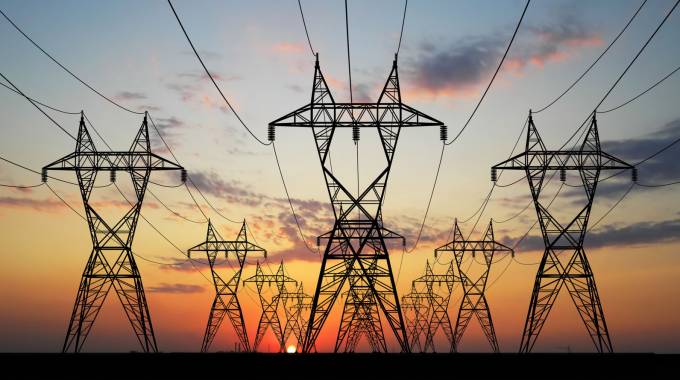
The Sunday Mail

Senior Business Reporter
The Government is satisfied with progress in ongoing power projects that are at different stages of implementation as it targets to boost the country’s installed capacity to 3 467MW by 2025.
According to the National Development Strategy 1 (NDS1), providing reliable and low-cost energy access is Government’s top priority.
An efficient energy supply sector is considered to be in line with the drive to achieve economic stability and growth.
Overall, the Government plans to increase Zimbabwe’s electricity supply from an installed capacity of 2 317MW to 3 467MW by 2025, which is an addition of over a 1 000MW in less than four years.
Energy and Power Development Minister Zhemu Soda told The Sunday Mail Business that targets will be achieved within set timelines.
“Hwange 7 and 8 expansion is progressing well despite some setbacks caused by the Covid-19 pandemic and it is expected to bring online 600MW by the fourth quarter of this year,” he said.
According to the Zimbabwe Power Company (ZPC), as at the third quarter of 2021, the project stood at 72 percent.
The project was delayed by disruptions in supplies of key materials, especially from China, and low levels of manpower on site as a result of travel restrictions.
ZPC, Minister Soda added, has also made headway on the Deka Upgrade, which is expected to be commissioned within the first three months of the year.
“The contractor has mobilised on site to begin,” he said.
The Government is also encouraged by the role of the private sector in energy generation.
“Private sector is doing much towards achieving energy self-sufficiency, but more needs to be done to ensure universal access to power,” he said.
ZESA presently does not connect new customers that do not comply with energy-saving initiatives such as use of solar geysers and efficient bulbs.
“Another issue of concern is within industry where some are using oversized pumps which consume a lot of power . . .
“Also, ZESA has to do something to the network to minimise power losses along the grid.”
While Zimbabwe’s electricity penetration rate, which measures the number of people that have access to the grid, stands at 41 percent, about 80 percent of the country’s rural population does not have access to power.
But policymakers are finalising the Rural Electrification Plan that is envisaged to make the Rural Electrification Agency (REA) — a statutory body meant to cover underserviced areas — efficient and effective.
The plan will also ensure most rural areas are electrified through mini solar grids to reduce pressure on the national grid.
ZESA is being affected by frequent faults, slow reaction to faults, long outages, long waiting periods for connection and a huge backlog of outstanding connections.
It requires an estimated US$6 million to replace about 2 000 transformers and other infrastructure vandalised throughout the country.
Failure to provide reliable power by ZESA has seen some companies installing alternative off-grid solutions to sustain operations.



